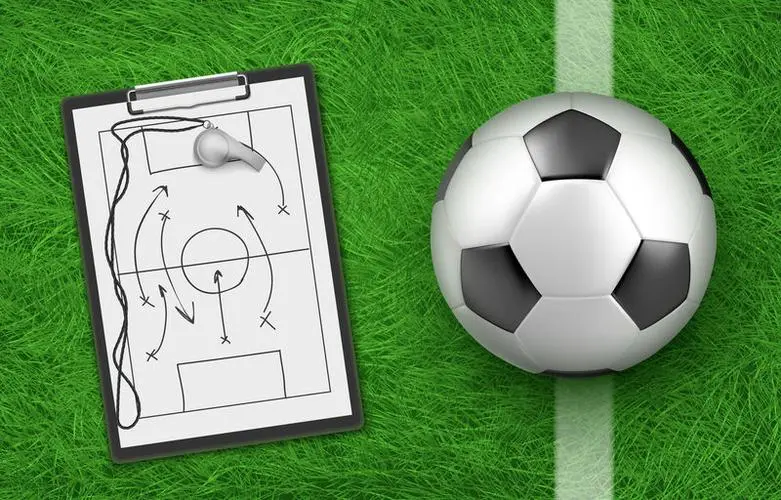How many players should each basketball team have to compete?

Basketball is a team sport, and each basketball team requires a certain number of players to compete. So, how many players should each basketball team have to participate in the game? This is a concern to many people.
According to regulations of the International Basketball Federation (FIBA), a competition team should have 12 players participating in the competition. This figure is set by FIBA based on technical and tactical requirements and the needs of the competition process. The combination of 12 players helps maintain the stability and flexibility of the team, allowing the team to cope with a variety of situations during the game.
The number of 12 players ensures that the team has enough substitute players to maintain the team's continued ability to compete. In a fierce game, players may need rest or replacement due to fatigue, injury or being sent off the field. Having enough substitute players can ensure that the team can still maintain a high level of performance in these situations.
The number of 12 players also helps the team's tactical flexibility. Players in different positions have different characteristics and skills. By adjusting the positions and combinations of players, teams can effectively use different tactical strategies in the game. This flexibility allows the team to better respond to opponents 'defense and offense and increase the team's odds of winning.
In addition, the number of 12 players also ensures a certain depth for the team. During a long season, players may need to sit out due to injuries, accumulated fatigue, or other reasons. Having the right number of substitute players can make up for the impact of these absences, allowing the team to maintain a solid record throughout the season.
Each basketball team should have 12 players participating in the competition. This number can meet the team's various needs in the game, including maintaining continuous competitiveness, flexibly responding to tactical needs, and responding to unpredictable situations such as player injuries. This regulation aims to ensure fairness and competitiveness of the game, while also providing a better basketball game experience for players and audiences.
RELATED STORIES






LATEST NEWS







